Stay Ahead of the Curve
Latest AI news, expert analysis, bold opinions, and key trends — delivered to your inbox.
Nvidia Unveils Surprises, Doubles Down on AI for Enterprises
6 min read Nvidia's GTC keynote, led by CEO Jensen Huang, has stirred excitement in the tech world. Departing from expectations of GPU focus, Huang introduced a new emphasis on AI and the concept of an "AI factory" over traditional data centers. March 20, 2024 06:59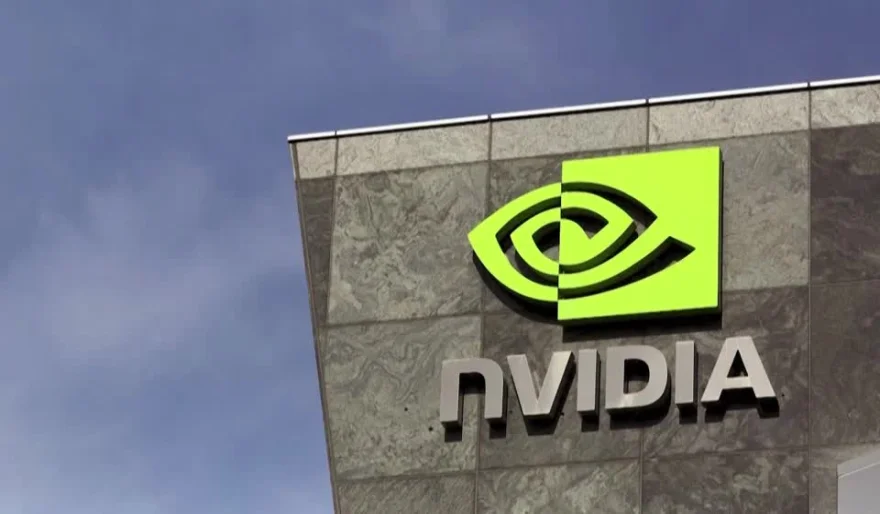
Nvidia's keynote address at the recent GPU Technology Conference (GTC) wasn't just a showcase of new tech – it was a glimpse into the future of AI-powered computing. Here are the key takeaways that surprised attendees and shed light on Nvidia's strategic direction:
- Beyond GPUs: The Rise of the "AI Factory"
Jensen Huang, Nvidia's CEO, surprised many by downplaying the traditional focus on GPUs. Instead, he emphasized the concept of the "AI Factory." This factory metaphor positions data centers not just as places for computation, but as environments specifically designed to optimize AI model development and deployment.
- Blackwell: The Colossal Computing Powerhouse (Not Yet Available)
While details were scarce, the unveiling of the "Blackwell" platform generated significant buzz. Described as "the most advanced GPU in the world in production today," Blackwell hints at Nvidia's continued focus on pushing the boundaries of hardware for AI applications. However, it's important to note that Blackwell might not be a commercially available product in the near future.
- Hopper Takes Center Stage (For Now)
Nvidia's more pragmatic offering for the immediate future comes in the form of the Hopper GPU architecture. This powerhouse successor to the Ampere architecture boasts significant performance improvements, specifically designed to accelerate AI workloads and graphics rendering.
- NIM: Streamlining the Path to AI Deployment
Another surprise came with the announcement of NVIDIA NIM (Neural Inference Machine). This software platform aims to simplify the process of deploying AI models into real-world applications. By optimizing models for specific hardware and packaging them into manageable units, NIM can significantly reduce the time and effort required to get AI projects from development to production.
- Focus on Enterprise Adoption of AI
A recurring theme throughout the keynote was Nvidia's commitment to empowering businesses with AI capabilities. New tools for robotics and self-driving cars were showcased, highlighting Nvidia's push to make AI solutions more accessible and impactful for various industries.
Overall, Nvidia's GTC keynote painted a picture of a company strategically positioned at the forefront of the AI revolution. Their focus on not just hardware advancements, but also on software tools and enterprise adoption, suggests a well-rounded approach to unlocking the true potential of artificial intelligence.
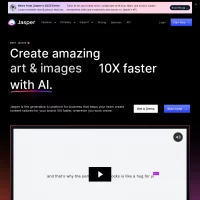
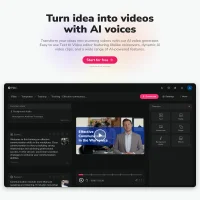

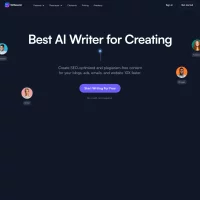
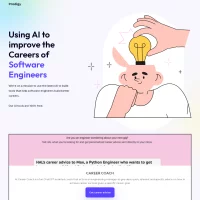









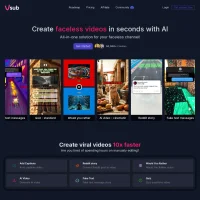




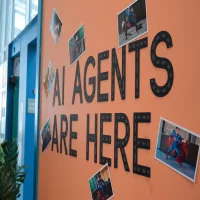 AI Agents
AI Agents